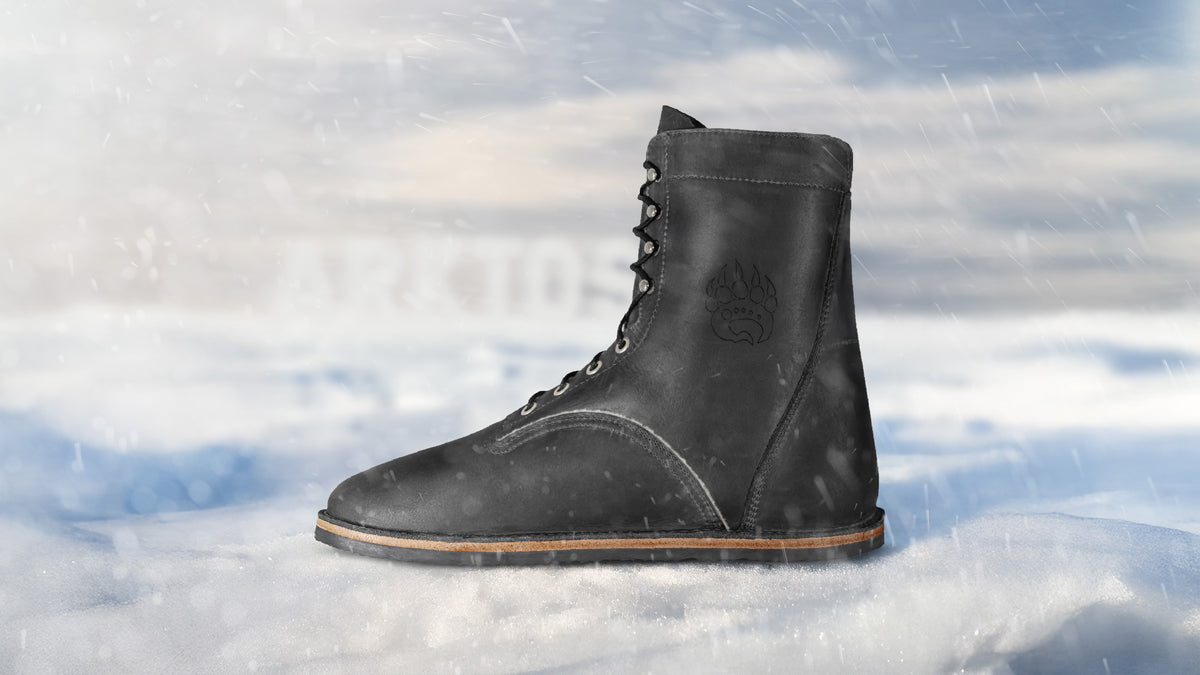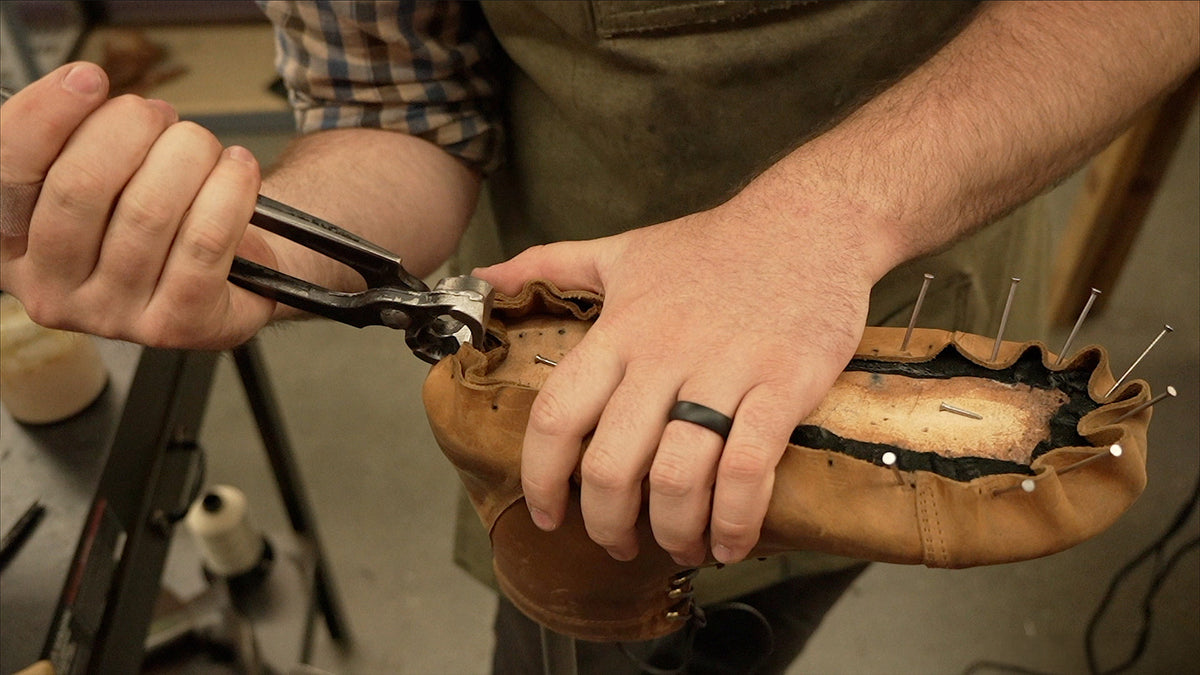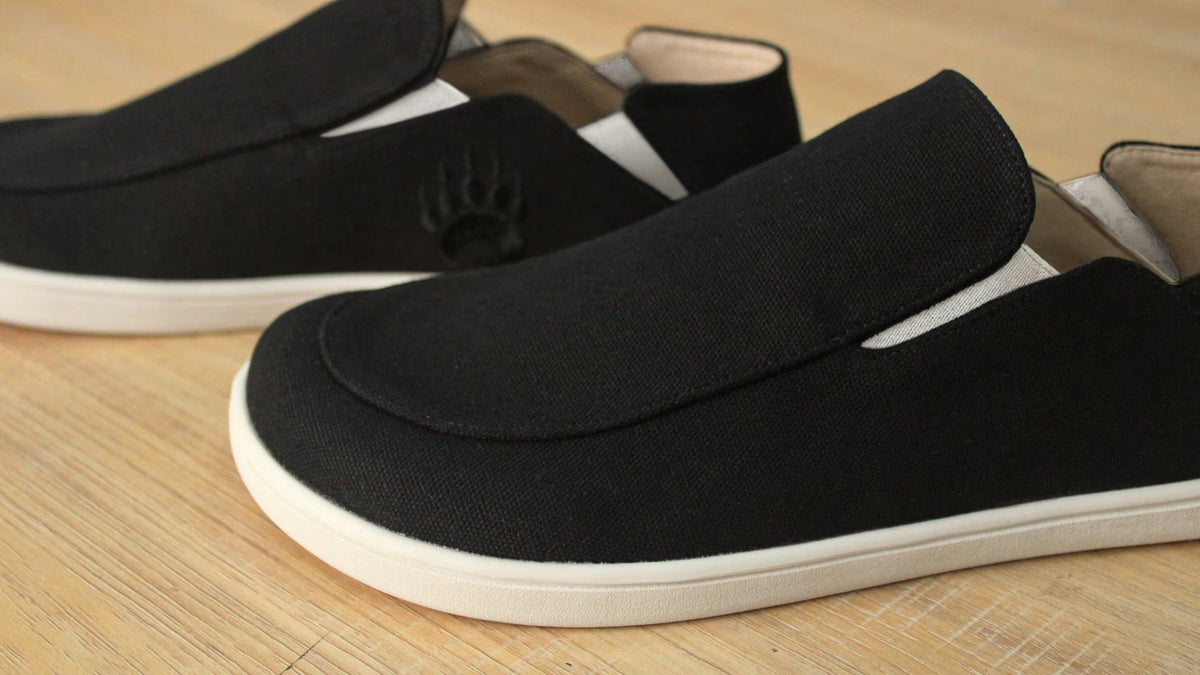The Hidden Impact of Footwear on Children's Development: Why Barefoot Shoes Matter for Growing Feet
Introduction: Why Children's Footwear Choices Matter More Than Most Parents Realize
As parents, we're constantly making choices that affect our children's development, from their diet to their education. But one area that often goes overlooked is the type of footwear we choose for them. The shoes our children wear can have a profound impact on their foot health and overall motor development. It's a topic that deserves more attention, as the wrong footwear can lead to issues that may persist into adulthood. In this article, we'll explore why barefoot shoes are a game-changer for growing feet, backed by scientific research and practical guidance for parents.
The Science of Foot Development in Children (0-18 Years)
Understanding the science behind foot development is crucial for making informed decisions about footwear. From birth to around 18 years, children's feet undergo significant changes. At birth, a baby's foot is largely cartilage, which gradually ossifies and forms bone over time. The arches of the feet, crucial for stability and shock absorption, develop as children grow and become more active.
Research shows that foot development is not just about physical growth but also about neuromuscular development. As children learn to walk and run, their feet adapt to the demands placed on them, developing strength and flexibility. A study published in the Journal of Foot and Ankle Research highlights that the foot's structure and function continue to evolve throughout childhood and adolescence, emphasizing the importance of supportive yet non-restrictive footwear during these critical years (Hollander et al., 2017).
How Traditional Shoes Interfere with Natural Development
Traditional shoes, often designed with thick soles and rigid structures, can interfere with the natural development of a child's foot. These shoes can limit the foot's natural movement and sensory feedback, which are essential for developing proper foot mechanics and strength. A systematic review in the Journal of Sports Sciences found that conventional shoes can alter gait patterns and foot motion in children, potentially leading to issues like flatfoot and hallux valgus (Wolf et al., 2008).
Moreover, a study in Scientific Reports indicated that habitual footwear use can lead to a reduction in foot arch and hallux angles, suggesting that traditional shoes may not support the natural development of the foot's structure (Hollander et al., 2017). This interference can have long-lasting effects, as the feet continue to develop into late adolescence.
Research Findings on Barefoot vs. Shod Walking in Children
The debate between barefoot and shod walking in children has been extensively studied. A multicenter epidemiological study published in Scientific Reports compared foot morphology between habitually barefoot and shod children and adolescents. The findings revealed that those who grew up barefoot had better foot and arch development compared to their shod counterparts (Hollander et al., 2017).
Additionally, research in Frontiers in Pediatrics showed that children and adolescents who spend more time barefoot develop better motor skills, particularly in balancing and jumping (Hollander et al., 2018). These findings underscore the potential benefits of allowing children to walk barefoot or in minimalist footwear, which more closely mimics the barefoot condition.
The Connection Between Foot Health and Overall Motor Development
Foot health is intricately linked to overall motor development. The feet serve as the foundation for movement, and any issues in foot development can cascade into broader motor challenges. A study in PLOS One compared toddlers who habitually wore barefoot shoes versus conventional shoes and found that those in barefoot shoes had better arch development and gait parameters (Hollander et al., 2022).
Furthermore, a systematic review in PMC highlighted that children's footwear can affect their foot health and gait performance, suggesting that the right footwear can support healthy motor development (Chen et al., 2023). By choosing footwear that allows natural foot movement and sensory feedback, parents can help their children develop strong and healthy feet, which in turn supports their overall motor skills.
Practical Guidance for Parents on Transitioning Children to Barefoot Shoes
Transitioning your child to barefoot shoes can be a smooth process with the right approach. Here are some practical tips for parents:
- Start Slowly: Begin by having your child wear barefoot shoes for short periods each day, gradually increasing the duration as they become accustomed to the new footwear.
- Choose the Right Size: Ensure that the shoes fit well, allowing room for natural toe splay and movement. Proper shoe fit is essential to prevent issues in foot development.
- Encourage Barefoot Time: Whenever safe and appropriate, let your child go barefoot. This helps strengthen their feet and improve their sensory feedback.
- Monitor Progress: Keep an eye on your child's comfort and any changes in their foot health or gait. Adjust the transition process as needed.
- Consult Professionals: If you have concerns about your child's foot development, consult a pediatrician or a podiatrist who can provide personalized advice.
Long-Term Benefits of Proper Foot Development
Investing in proper foot development through barefoot shoes can yield significant long-term benefits. Children who grow up with healthy feet are less likely to experience foot-related issues in adulthood, such as chronic pain, bunions, or flat feet. Research consistently shows that children who spend more time barefoot have stronger feet and better overall foot function compared to those who are habitually shod.
Moreover, proper foot development supports overall physical activity and sports performance. Strong and healthy feet contribute to better balance, agility, and endurance, which can enhance a child's participation in sports and other physical activities. By prioritizing foot health from a young age, parents can set their children up for a lifetime of active and pain-free living.
Why Bearfoot Shoes Are the Right Choice for Your Child
The choice of footwear for your child is more than just a fashion statement; it's a crucial decision that can impact their development and future health. The science is clear: barefoot shoes offer a natural and supportive environment for growing feet, promoting healthy development and motor skills.
Bearfoot shoes are designed with the latest research in mind to support your child's foot health. Our shoes feature:
- Wide toe-box: Allows natural toe splay and movement
- Zero-drop platform: Maintains natural foot positioning
- Flexible construction: Enables natural foot mechanics
- Minimal cushioning: Provides essential ground feedback
By choosing Bearfoot, you're not just buying shoes; you're investing in your child's future. Our barefoot shoes support natural foot development while providing the protection needed for active play and daily activities.
Ready to give your child the foundation for healthy foot development? Explore our collection of barefoot shoes and see the difference proper footwear can make in your child's development and well-being.
References:
- Chen, X., et al. (2023). Understanding the Role of Children's Footwear on Children's Feet and Gait Development: A Systematic Scoping Review. PMC.
- Hollander, K., et al. (2017). Growing-up (habitually) barefoot influences the development of foot and arch morphology in children and adolescents. Scientific Reports.
- Hollander, K., et al. (2018). Footwear habits influence child and adolescent motor skill development. Frontiers in Pediatrics.
- Hollander, K., et al. (2022). How barefoot and conventional shoes affect the foot and gait characteristics in toddlers. PLOS One.
- Wolf, S., et al. (2008). Foot motion in children shoes—A comparison of barefoot walking with shod walking in conventional and flexible shoes. Journal of Sports Sciences.



